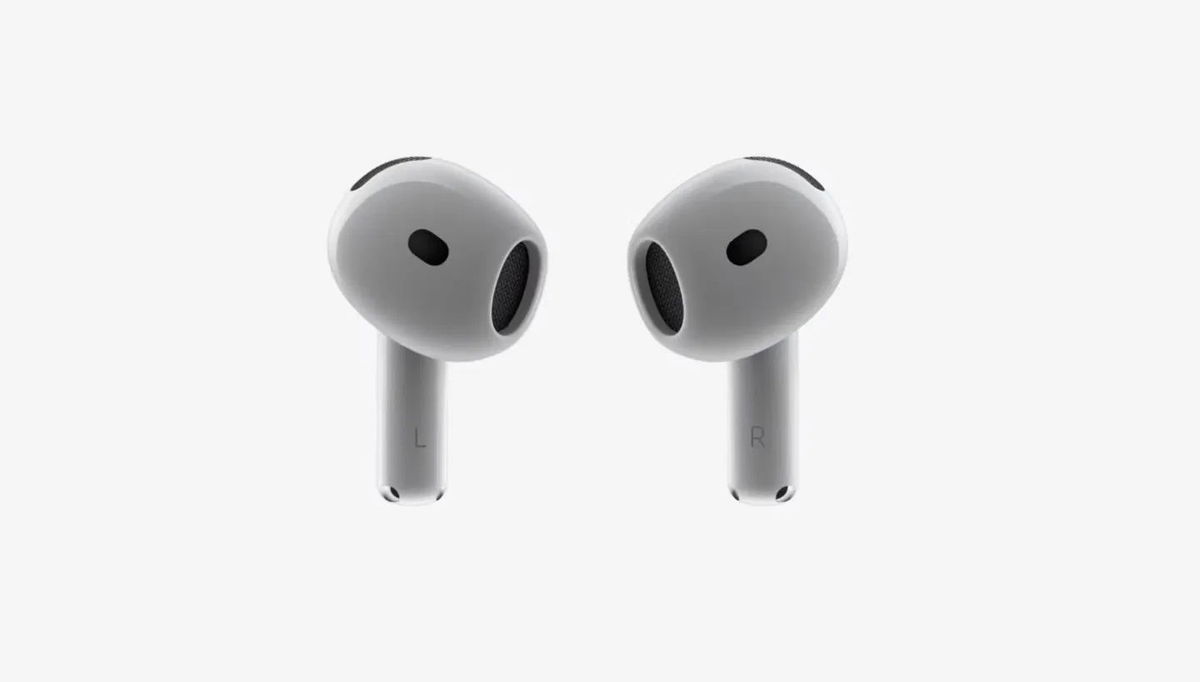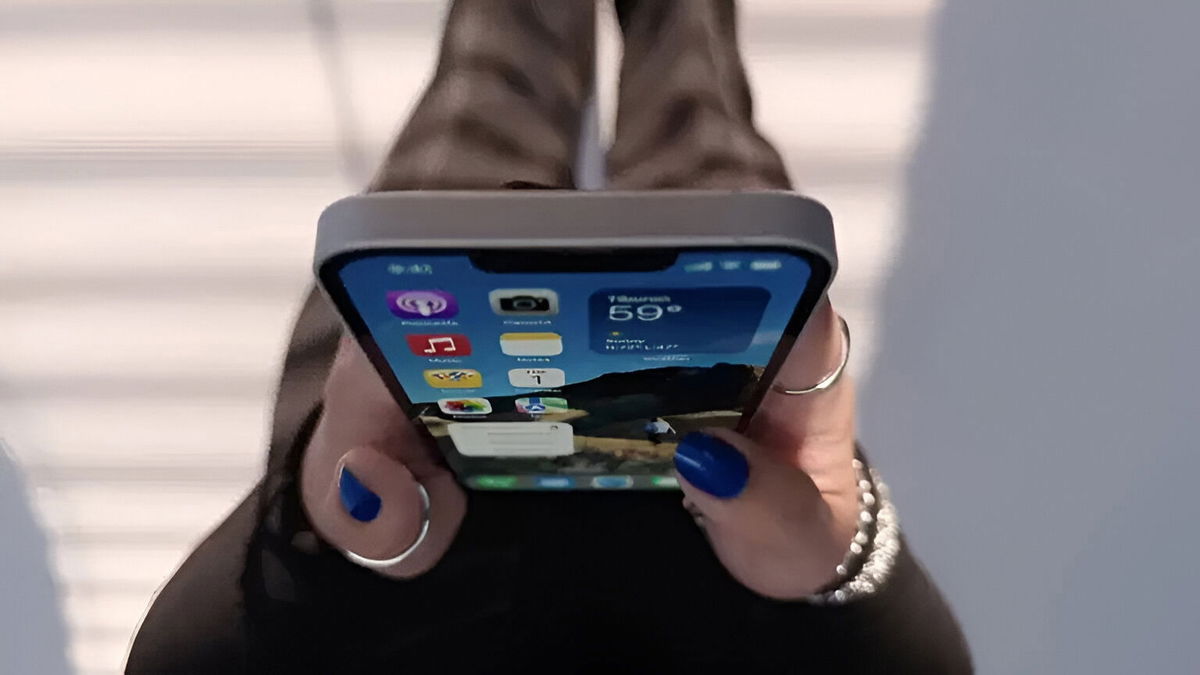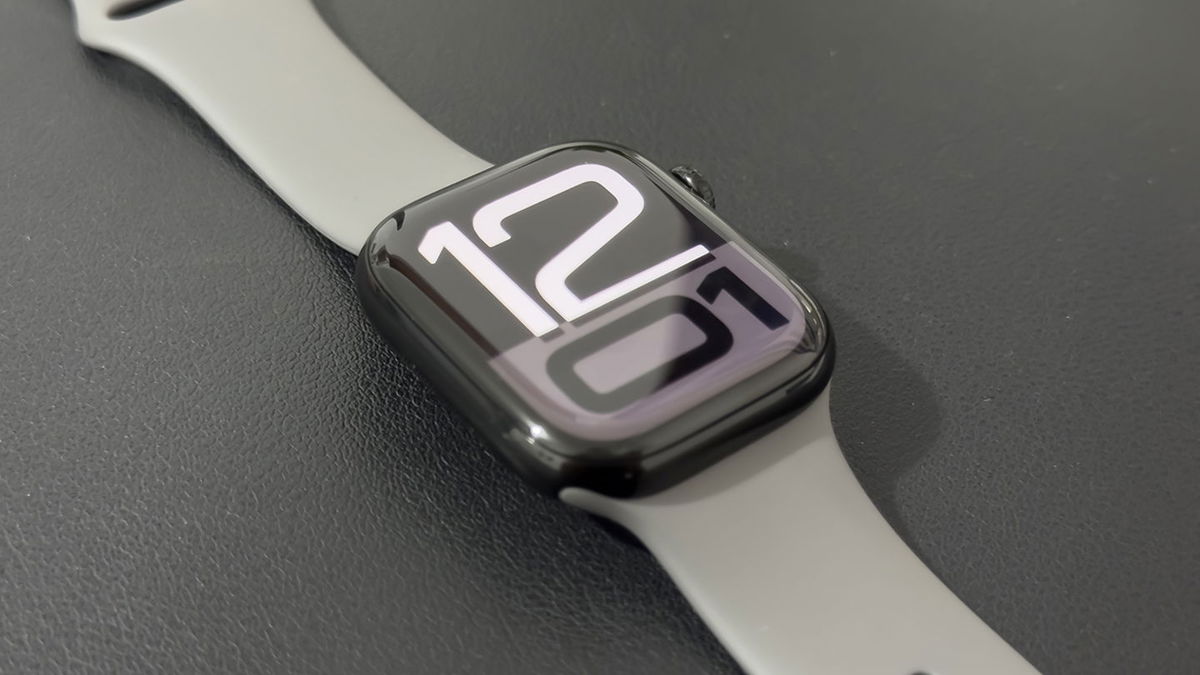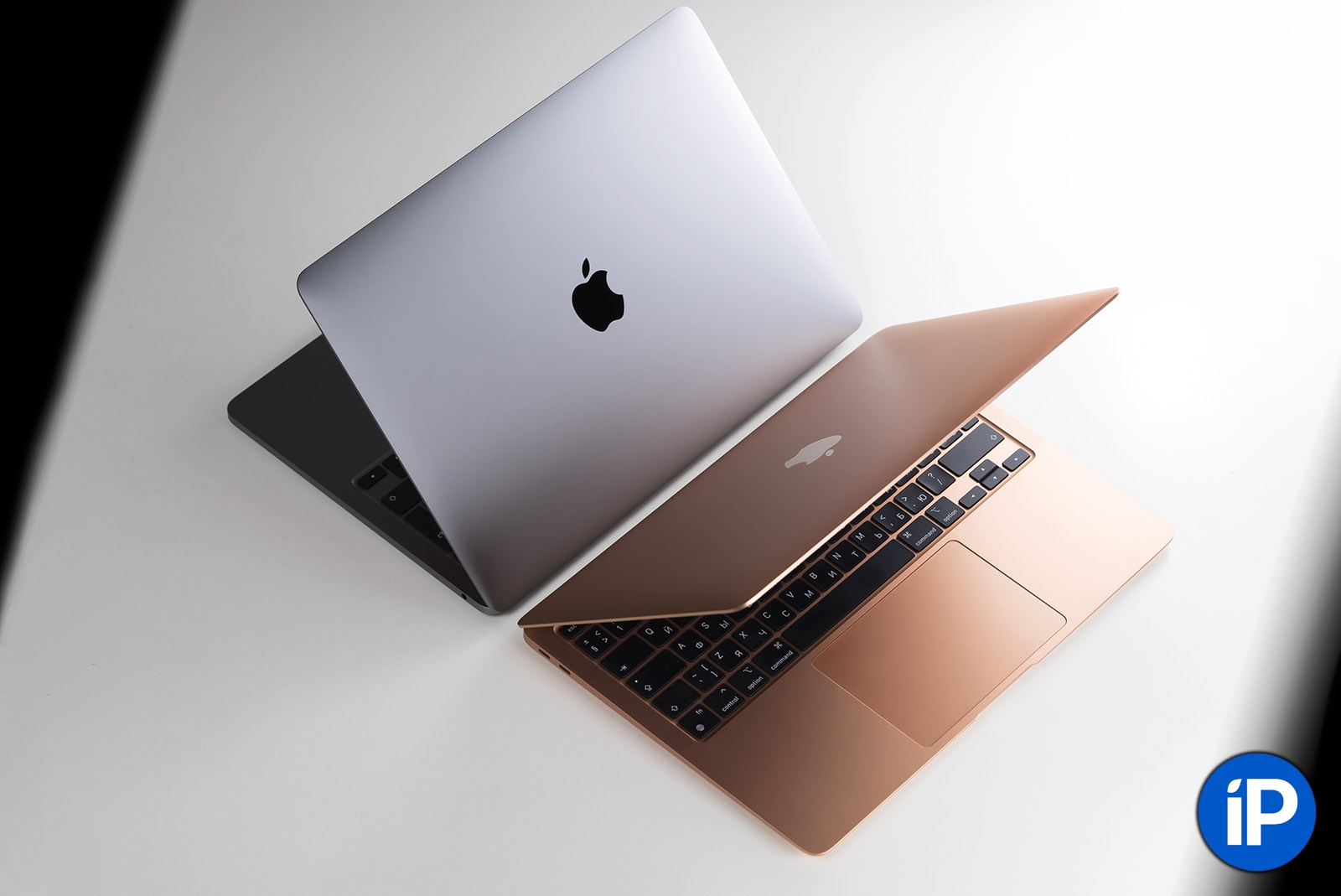In 2020, many doubted that Apple would be able to successfully migrate its ARM processors to the Mac. It’s funny to remember now.
The first MacBook Air with the M1 processor was not just a breakthrough for Apple – it was a revolution for the industry. Almost no one expected such a goal. The history of the Mac was divided into “before” and “after,” and the camp of Intel Mac users began to sharply empty out of the use of new products based on M1 chips.
Since then, many people have been using laptops based on first-generation Apple chips.
However, the success of this first wave of MacBooks played into the company’s cruel joke. The holders, who were beyond satisfied, began to actively purchase Apple innovations with the new chip within a year. Why, if your favorite “air” of the end of 2020 is still wonderful? Mac sales began to decline at the end of 2022. In 2023, this completely turned into a threatening trend.
For a very long time I have been supporting the owners of these laptops, doing nothing, not taking any new generations or “upgrading” to Pro models if they are generally satisfied with everything. Everything changed last week. Now Can, profitable and even healthy Change MacBook Air and Pro with M1 chips. Apple finally has something to replace the M1 MacBook with.
Naturally, we are talking about the latest MacBook Air with the M3 processor. This is what awaits everyone who stays behind the “maki” of the old design. I am further considering the 13-inch model, but almost everything described below is also relevant for the 15-inch. This simply did not happen in 2020, and it is incorrect to compare them in this twentieth year.
1. M3 processor is more powerful than M1 minimum by a third
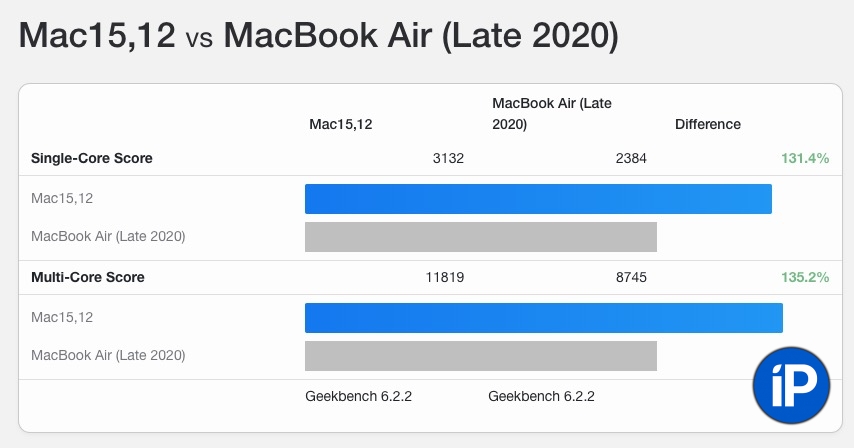
When the previous generation of MacBooks with M2 chips appeared, all world standard holders were upset by the very slight difference in performance. Replacing the not-so-old Air or basic Pro with a new one for the sake of a 15-20% increase in speed for most tasks is perhaps a gadget-maniac story, but definitely not a widespread one.
The M3 chip has improved quality beyond the M1:
▪ 30% faster single-core performance
▪ 35% faster multi-core performance
▪ 45% faster than neurocomputing
▪ 30% faster video chip
▪ 50% faster when running a full load (for example, exporting RAW to Lightroom)
This tangible difference, and I indicate its minimum values, not peaks. There is still such progress without a cooler in the case, it is absolutely silent for the user.
Moreover, the base Air on M3 specifically has problems with processor settings almost caught up with laptops based on M1 Max. Nowadays, very powerful devices are used, which almost no one needs to update. In this average difference between two chips is packed only 10-15%. If this leash doesn’t think about upgrading the old man to the M1, then what else are you waiting for?
Just if you need more, that is five…
2. The MacBook Air case just got better (periods)
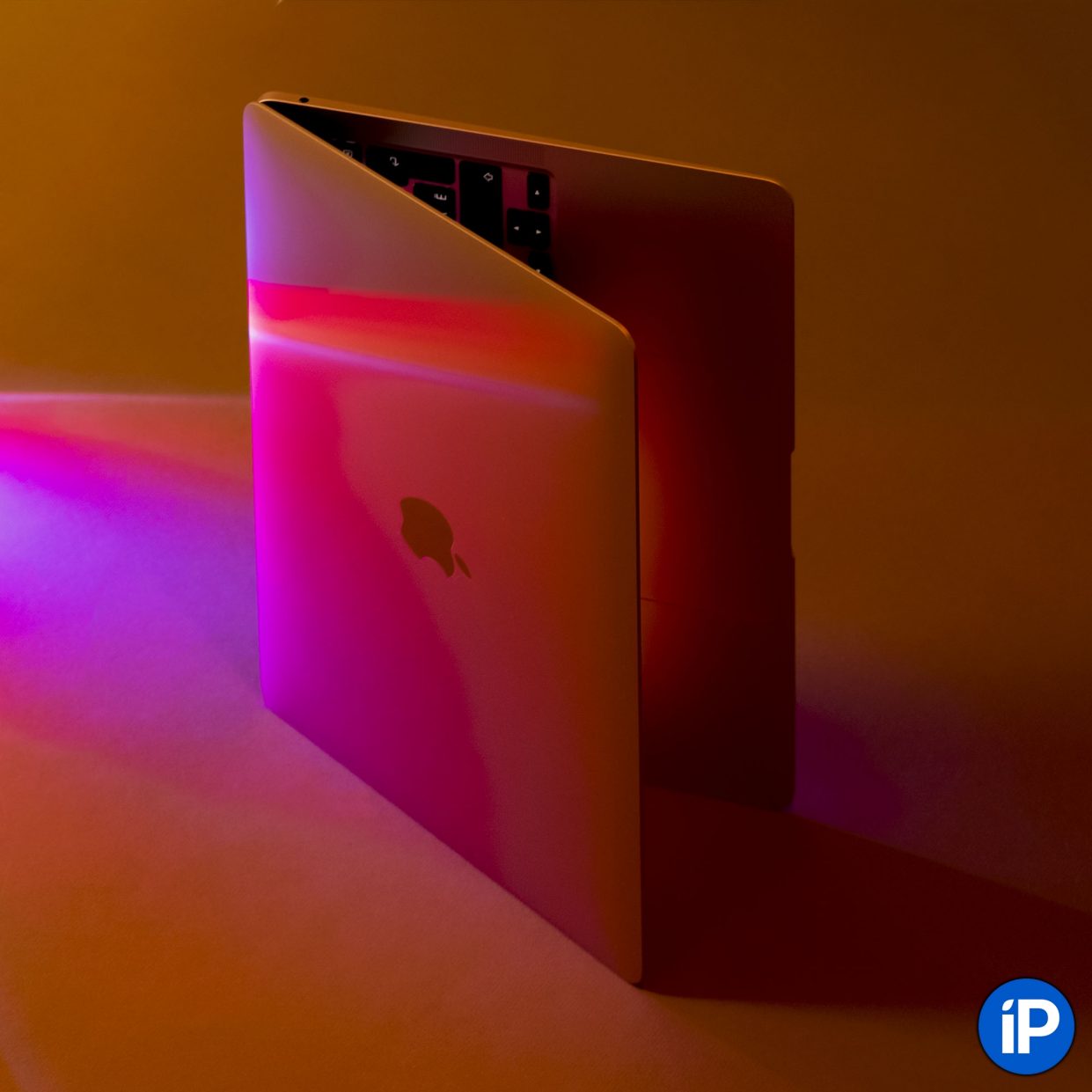
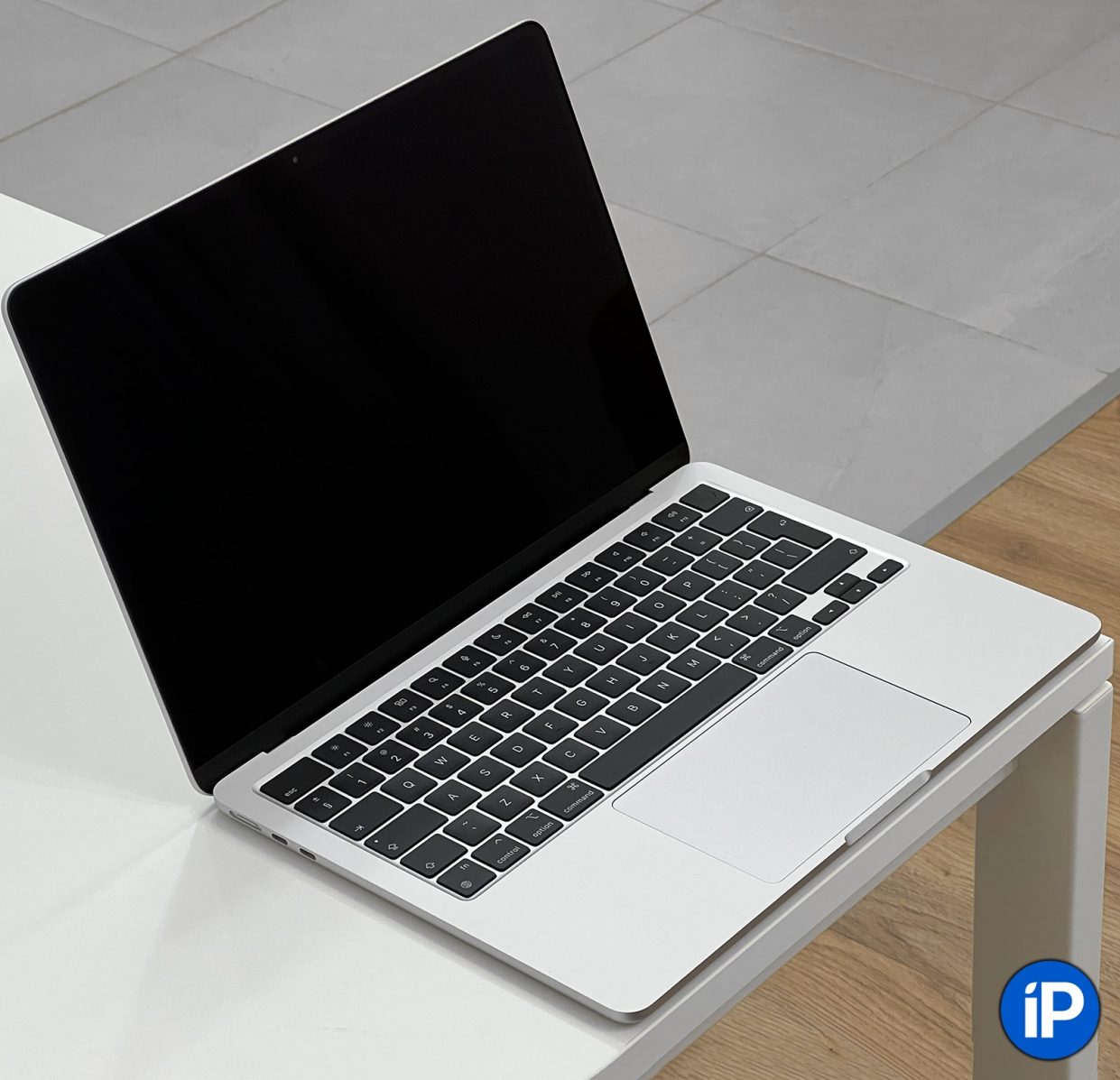
The weight and size category of the MacBook Air on M1 is still yesterday by market standards. This is logical, because its body has remained unchanged since 2017 and the last redesign.
Against this background, the MacBook Air on M3 looks and feels refreshed in the hands, like an upgrade on all fronts. Despite the less “aesthetic” visual shape, the new product is actually thinner than the model before last: it was 1.61 cm, now 1.13 cm. The body itself has become smaller in width, and in length the volume of space occupied has decreased by 20%. That is, the laptop is banal takes up less space without sacrificing comfort usage.
Additionally, the body of the latest two Air models is more balanced and doesn’t have a significant overhang in the rear like the M1 models. And the weight has decreased, even if only slightly – 50 grams.
And even more, there is no thin leading edge, which constantly got in the way when using the laptop on a weight, on a sofa, and in other non-standard positions.
3. MagSafe frees up the port and is convenient
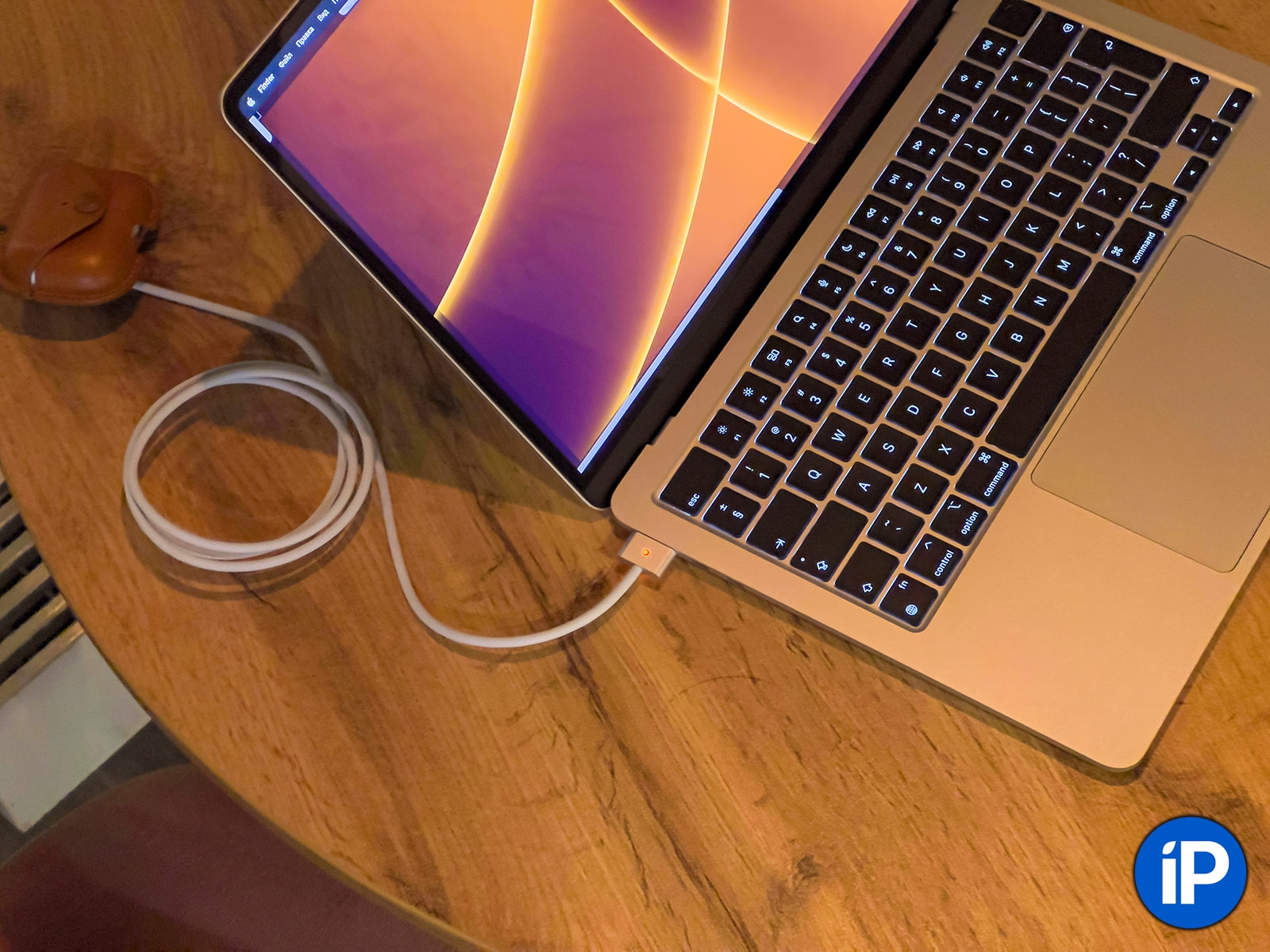
I do not belong to the caste of ardent fans of magnetic charging in MacBooks, but it is useless to refuse to use it. The peculiarity is that thanks to it, the owner always has both USB-C ports available, and not just one, like the Air with M1.
At the same time, no one bothers you to charge your laptop via any USB-C cable. Thanks to the minimal power consumption of the chip, you can (with a little restraint) save on the road even a regular charger from an iPad or iPhone – one that provides only 20 W.
The USB-C ports themselves, by the way, have since been added to use. A MacBook Air with an M3 chip can be connected without a “tambourine” directly to third-party displays, and more than one.
4. The display is beautiful; in comparison, the Air with M1 is completely behind
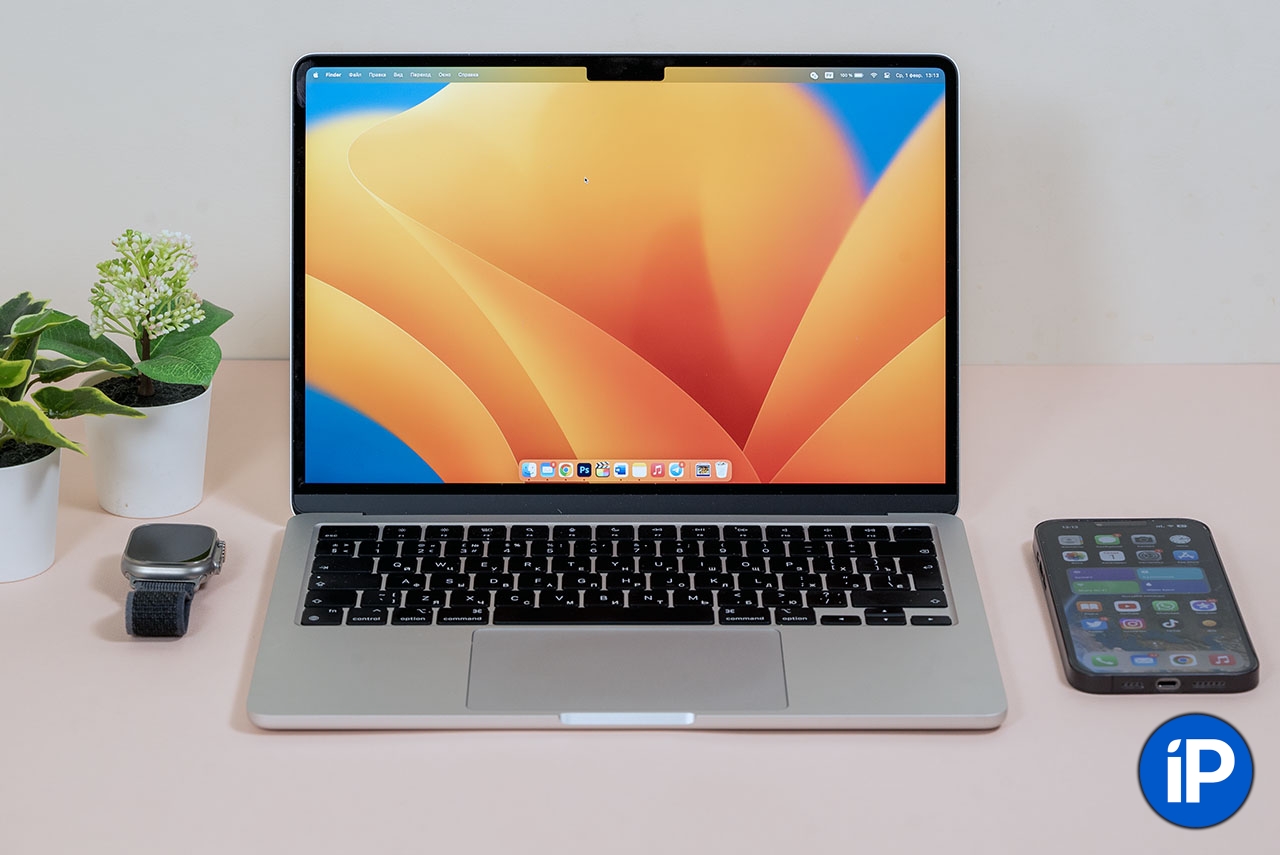
I periodically miss the maximum observation in the air with the M1. Even in the house, you often want to raise it, at least a couple of “steps” – but this is impossible.
The display on the Air on the M3 is brighter than the M1 model – 500 nits versus 400 nits. These are just those couple of “steps” and they change everything, especially if you are working in a lit area or even outdoors.
The screen frames have become much thinner. This adds to the aesthetics and allows the laptop to be smaller in volume than the M1 model. Moreover, the screen diagonal itself has still become larger: 13.6 inches versus 13.3 inches.
Yes, there is a notch in the display, and the notch has haters. But after 3 years of his presence and observation every day, I then remember his presence only when I write about it. It no longer interferes with work; all sorts of software “jambs” related to the location of the “hump” have ruled for a long time both in macOS and in third-party software. In addition, the webcam has become noticeably better. This is no longer shameful 720p, at least nominally standard 1080p with neurocorrection of skin color and lightening.
In terms of image quality, the Pro line of the new Air is still far away – there is still no 120 Hz, the black contrast is not the same, HDR is purely nominal. But even so, all this remains an unconditional upgrade from the generation before last. They also brought in the P3 band, which was not present in the M1 version.
5. Working time has increased
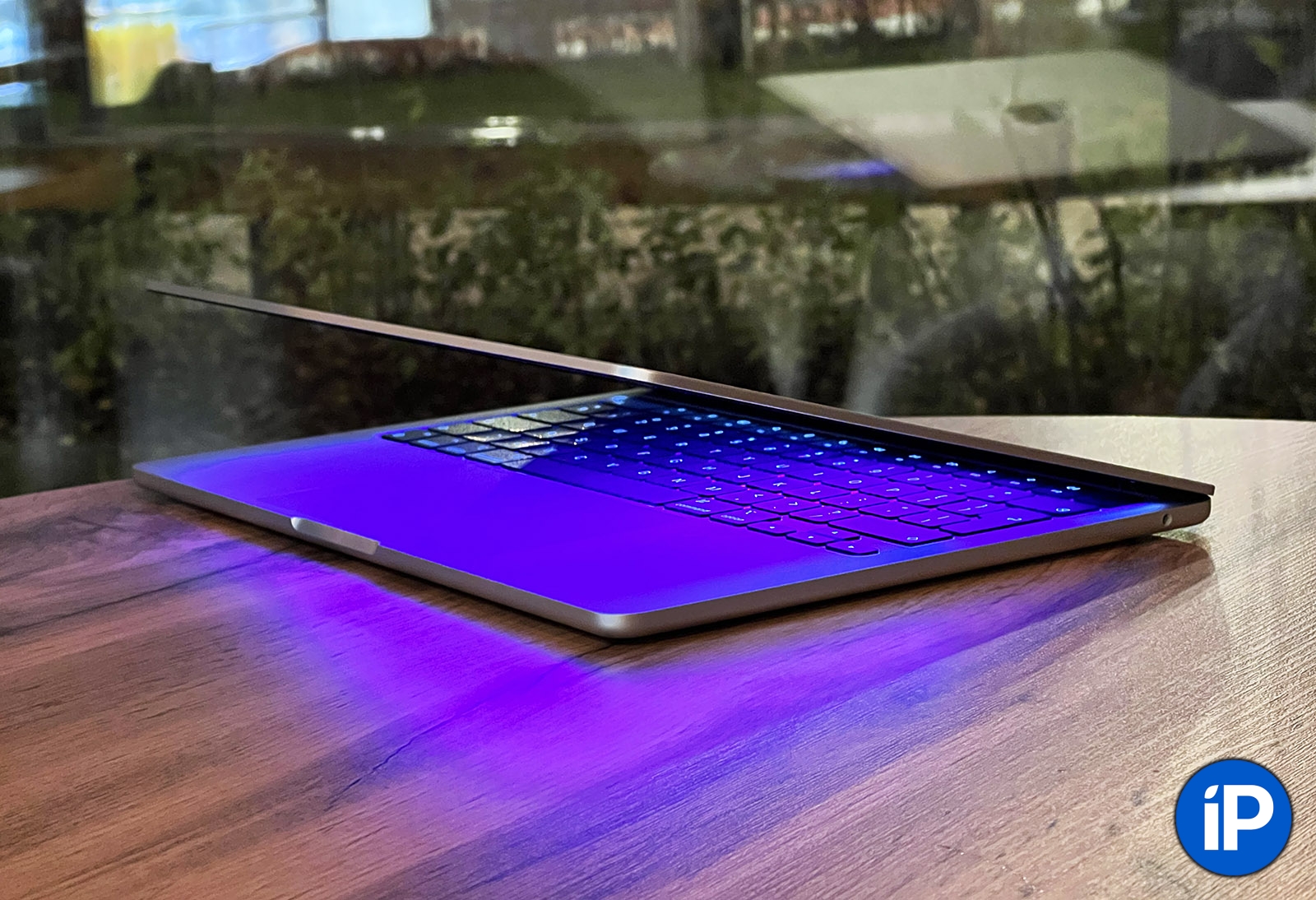
The limitation of the objective battery capabilities of the MacBook Air with the M1 chip has always been 8, sometimes 9 hours. It’s just that, unlike Intel models, there were initially objective numbers for the size of the work, and not the peak capabilities of the cells.
Just don’t forget that many people have been using Air with M1 for more than one or two years in a row. Battery degradation lets you know, and the owner must deprive one or a couple of hours of “autonomy”.
Meanwhile, a MacBook Air with M3 can easily last 10, 12, or even 14 hours of work. These are also numbers in fact, not in words. Do not actively charge a predicted MacBook for several days – this is a reality even with Air, and not just with firmware in complex configurations.
6. – Finally, normal SSDs are back in the “base”
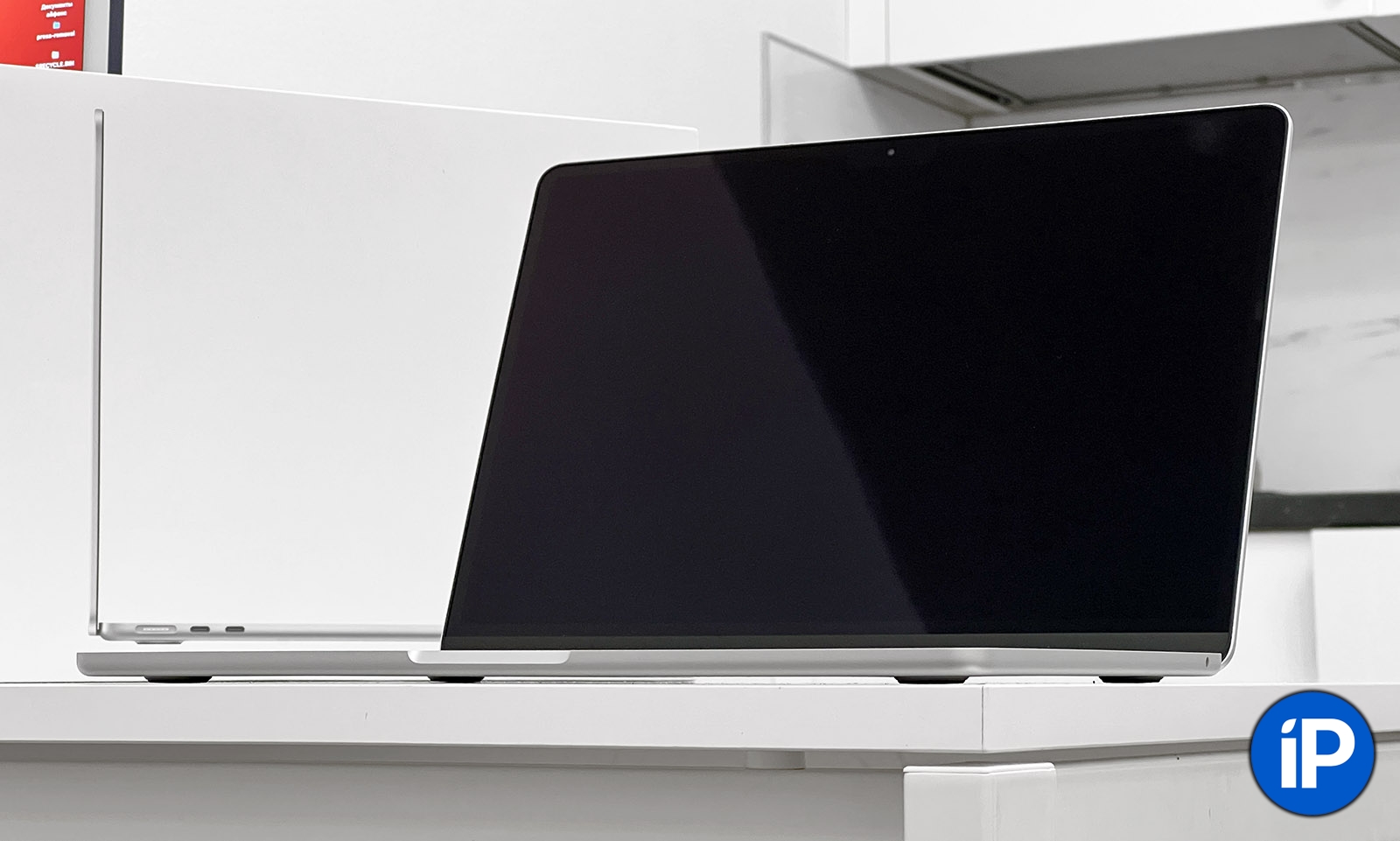
In 2024, of course, it is ridiculous to praise Apple for a 256 GB disk in the coordinate model, which produces only 2.5 GB/sec. If anything, modern budget SSDs easily break through 5 GB/sec, and flagship ones even reach the 8 GB/sec bar.
But at least this is not as funny as the measly 1.5 GB/sec that the basic MacBook Air and Pro models on the M2 chip famously excelled at. Yes, their drive was slower than the Air from 5 years ago. Apple saved three pennies, received a lot of negative reviews, and the people, who were still worried for a long time, looked at the previous generation.
There is no upgrade here compared to Air on M1, but at least now you don’t have to put up with technological processes downgrade.
This is the standard for the new mainstream MacBook. Stop passing

In the world of gadgets, 4 years is a long time. The fact that holding the first waves of MacBooks on the M1 gives them such long-term satisfaction is completely atypical for the market situation.
Since then, Air has been transformed both externally and internally. The M3 version is noticeably more powerful with long battery life and a better display. If you use the corpses of two laptops for each other, the difference is absolutely obvious. It’s very difficult to want to stay with the M1 version after this. The new one is definitely better.
I can understand those who have already become attached to the aging Air. But there are other, more radical factors. Make the decision to upgrade this spring.
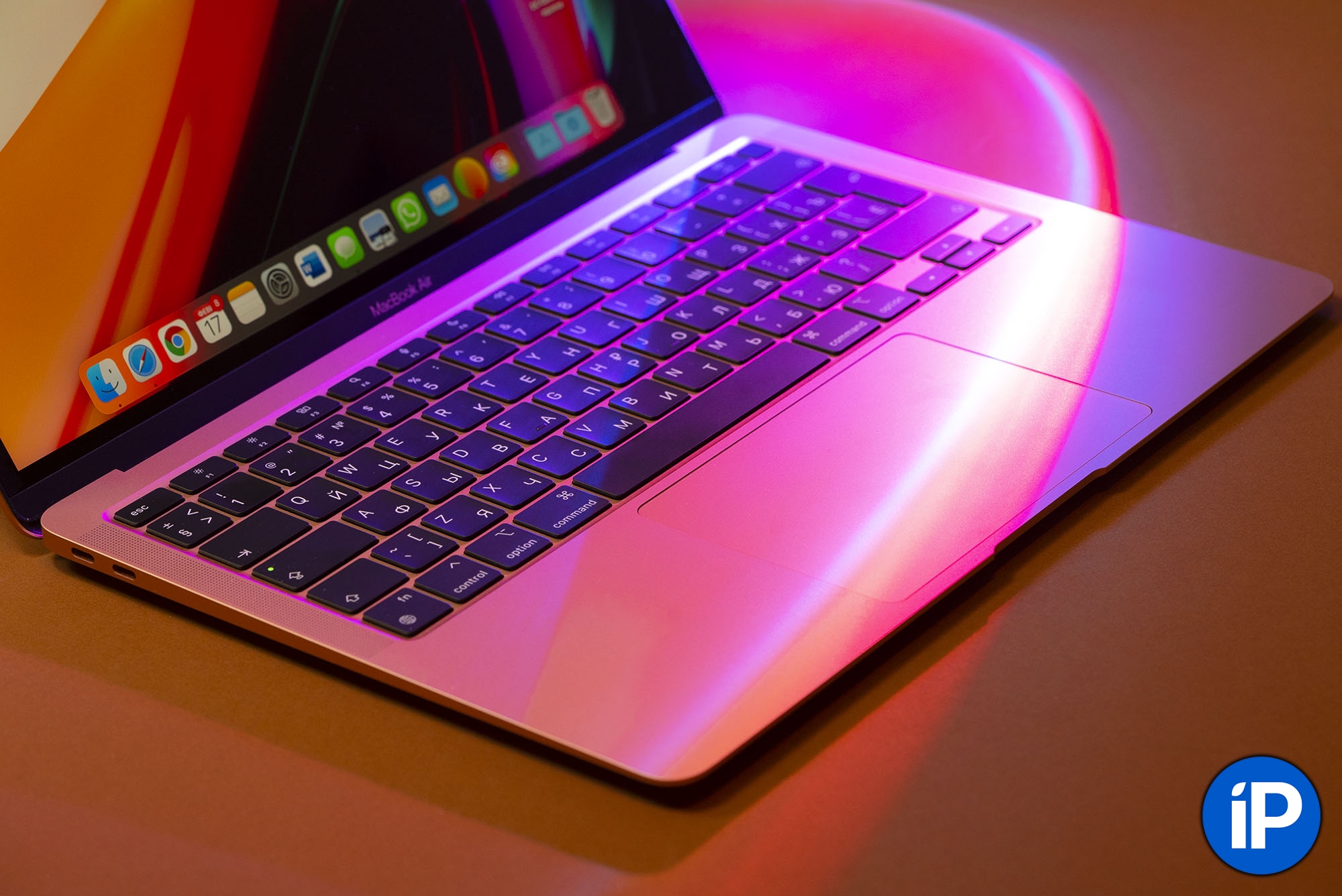
Many people overlook the sad fact that the M1 will one day be left out of new macOS features and updates. In 2024, the sunset will come for all MacBooks with Intel chips. I warned about this three years ago, and so far the forecast has not come true. Easily continue my chain. Then in 2025, everything with the M1 processor will go under the knife.
Finally, Apple openly promises everyone “breakthroughs” in the field of artificial intelligence and Siri functionality. We will see them this summer, with new versions of iOS and macOS. The neurocomputational capabilities of the M3 significantly exceed those of the M1, which can affect both the speed of completing new tasks and the very availability of the function on the old “zero” generation. M-MacBooks.
Well, the final chord. With the arrival of the new Air M3 on the Russian market (and there is a reduction in the price of M2 models, which has already occurred), prices for Air M1 on the secondary market and trading services will drop significantly. This is already starting, by the way. It’s more profitable to sell a laptop now than to wait for, I don’t know, summer – and lose 10, 15, maybe even 20% of the money that will be sold for it today and tomorrow.
Therefore my recommendation For owners of MacBook Pro and MacBook Air with a simple M1 chip, it is very simple, just two steps:
1. Grab your laptop, grab it and get it ready for sale while the country fulfills offers and makes it possible to buy a MacBook Air on the M3.
2. Brush away your tears and upgrade to a MacBook Air with M3 as soon as you find one that suits you.
Personally, I would only look at the new Air model itself. In him All OK. Enough for 90% of people. Other modifications with a large amount of RAM or storage will climb into the margins of the MacBook Pro in price. There is a clearing of a different class, and the layouts are different…
Topic: How do MacBook Air models differ? Compare MacBooks M1, M2 and M3
📸 All photos in the article:









Source: Iphones RU
I am a professional journalist and content creator with extensive experience writing for news websites. I currently work as an author at Gadget Onus, where I specialize in covering hot news topics. My written pieces have been published on some of the biggest media outlets around the world, including The Guardian and BBC News.

